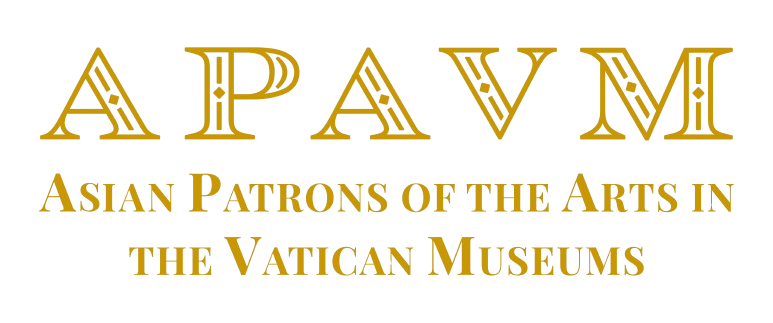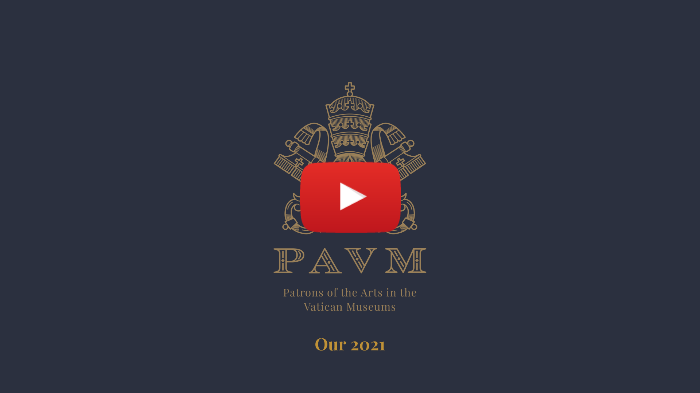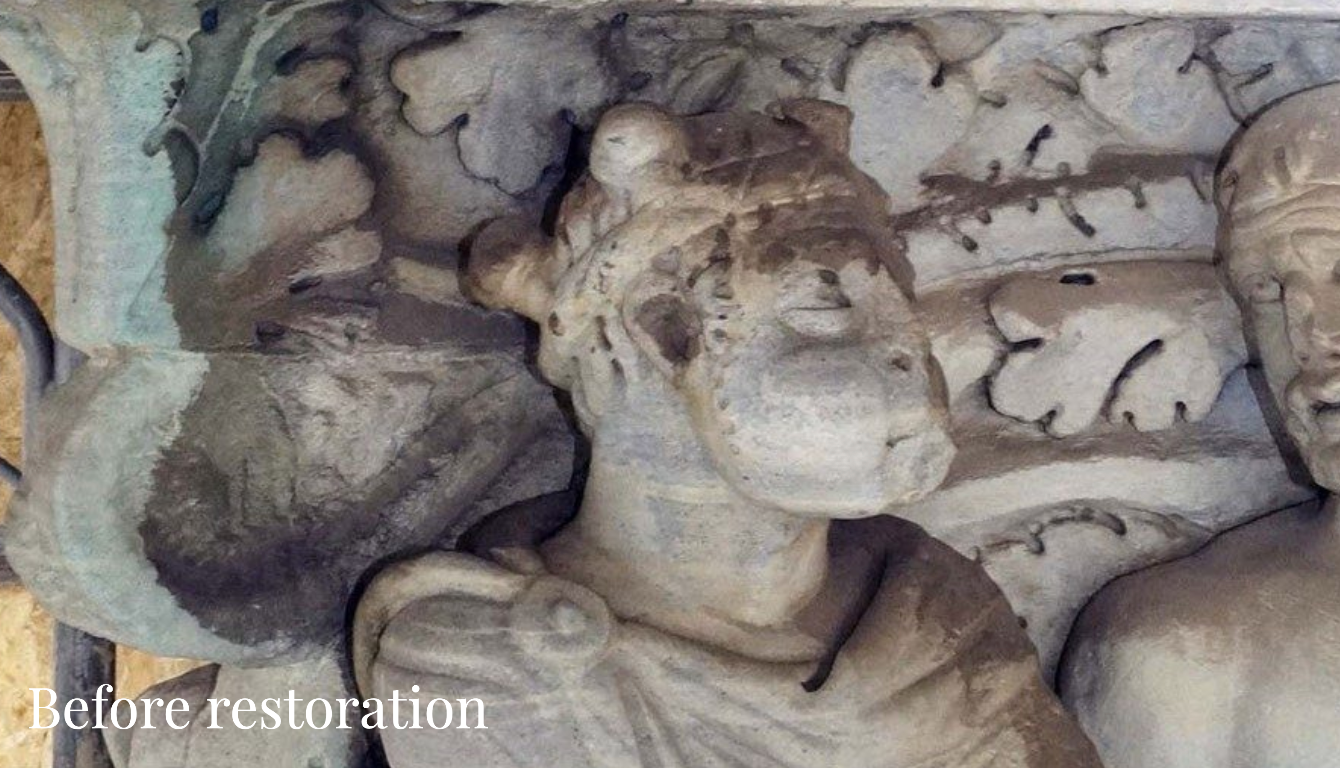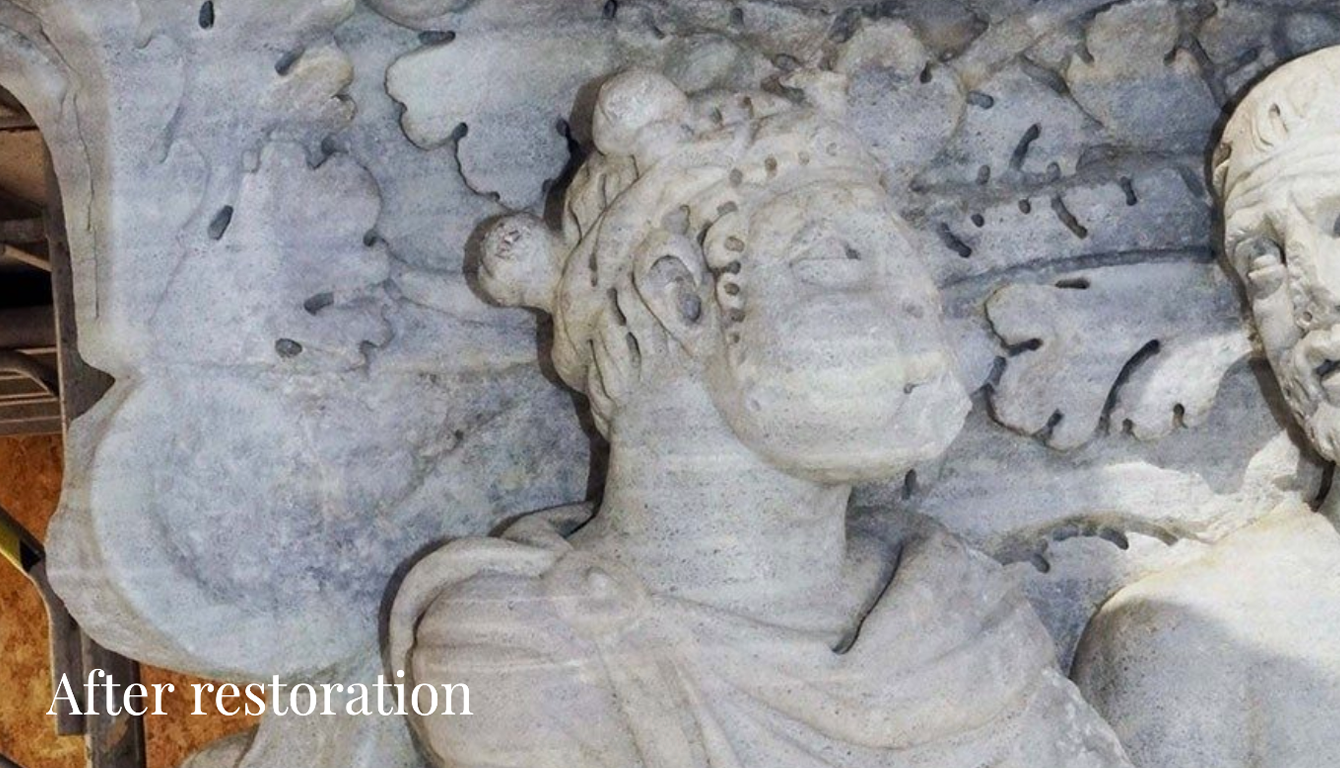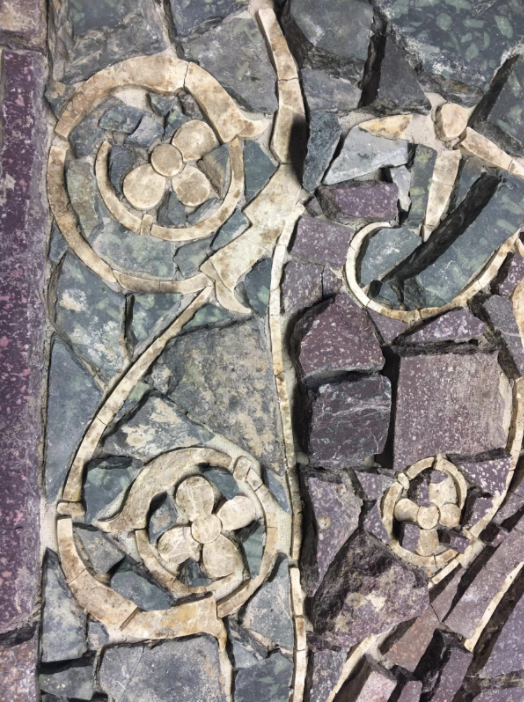Dear Patrons and Friends,
2021 was filled with its own set of challenges for all of us. Nevertheless let us look back and see what we accomplished together for the good of the museums and humanity. Our joint success should give us confidence to overcome any future challenges as we continue our mission of promoting, restoring, and conserving the artistic patrimony of the Vatican collection.
The video below highlights just some of our many accomplishments in 2021. I hope you enjoy it.
Thank you so much, again, for your support. We look forward to collaborating with you- our dear Patrons- in 2022 as well.
Happy New Year!
